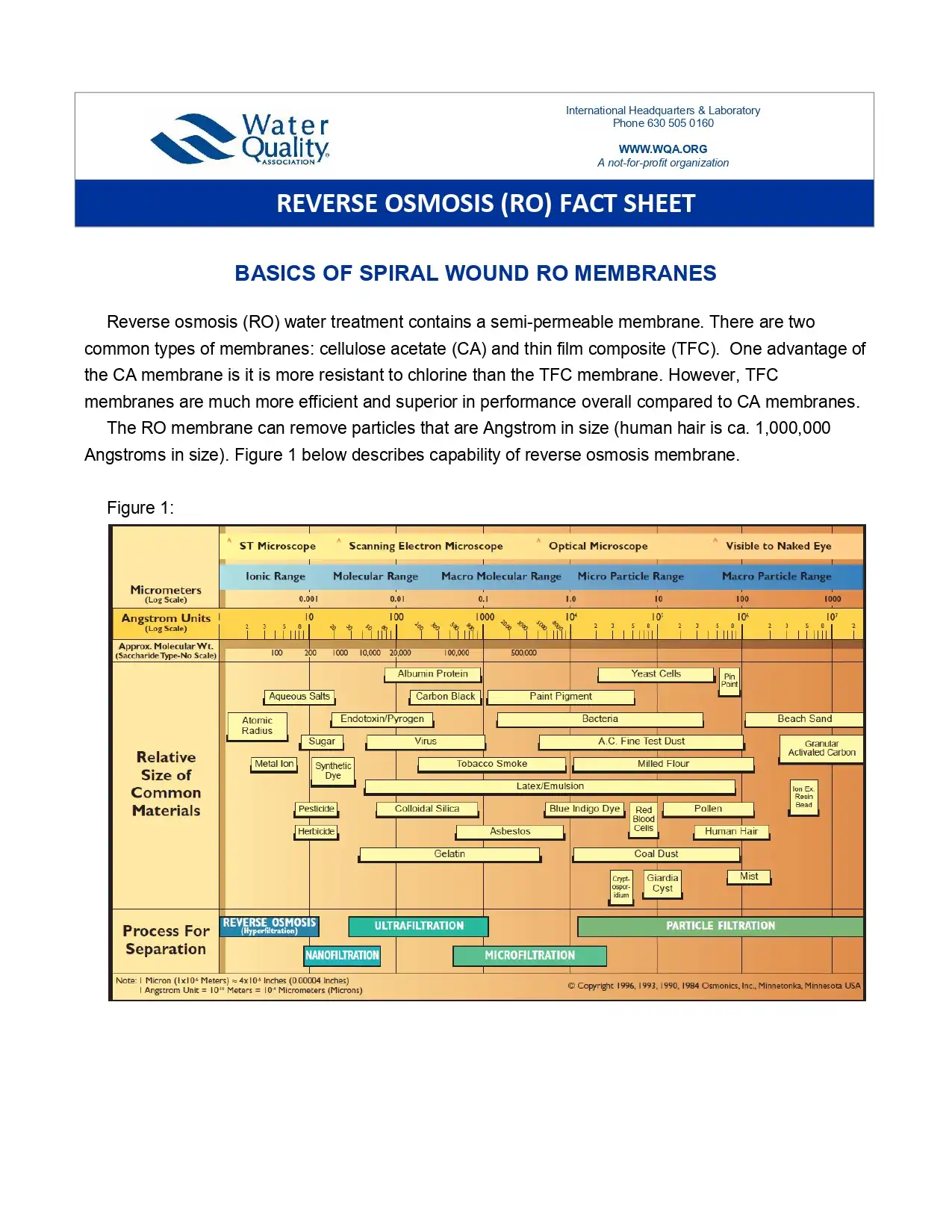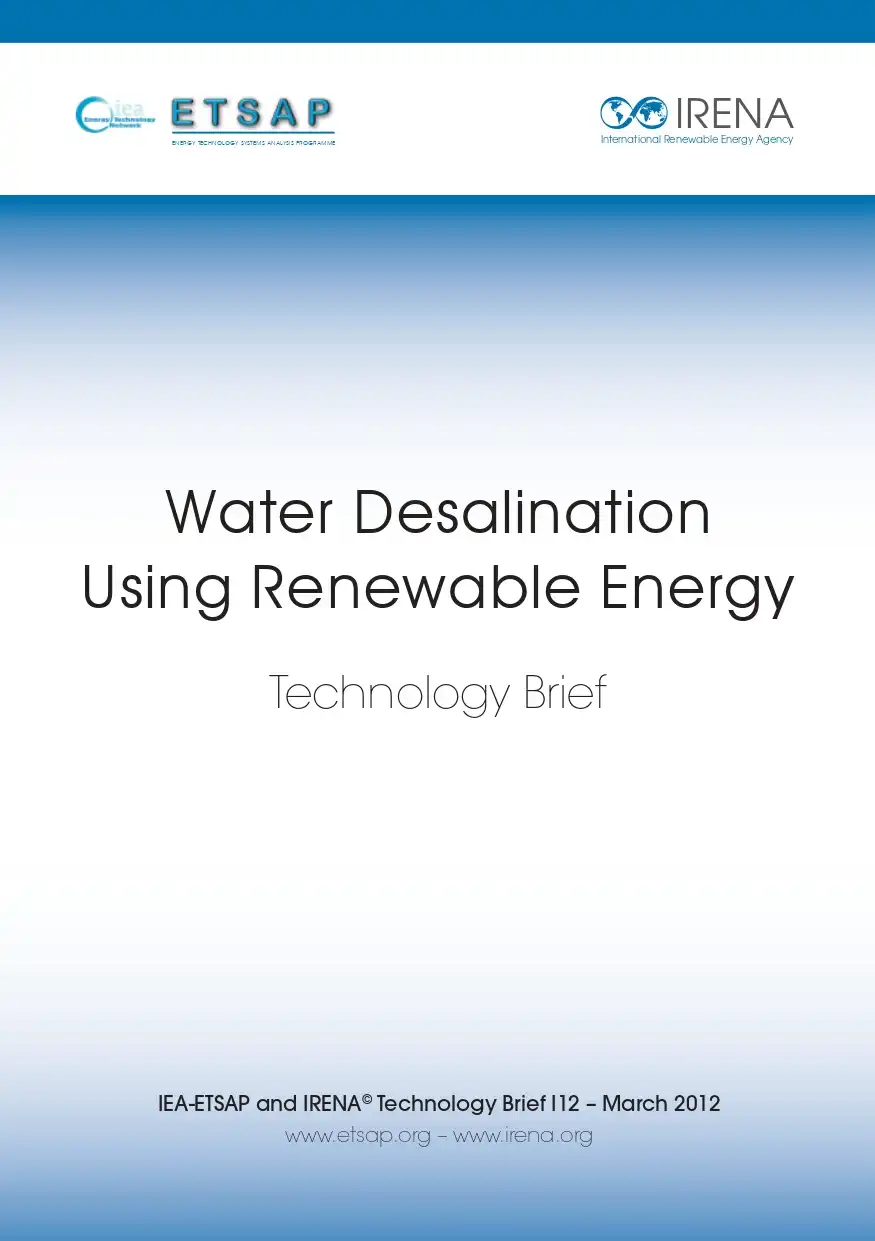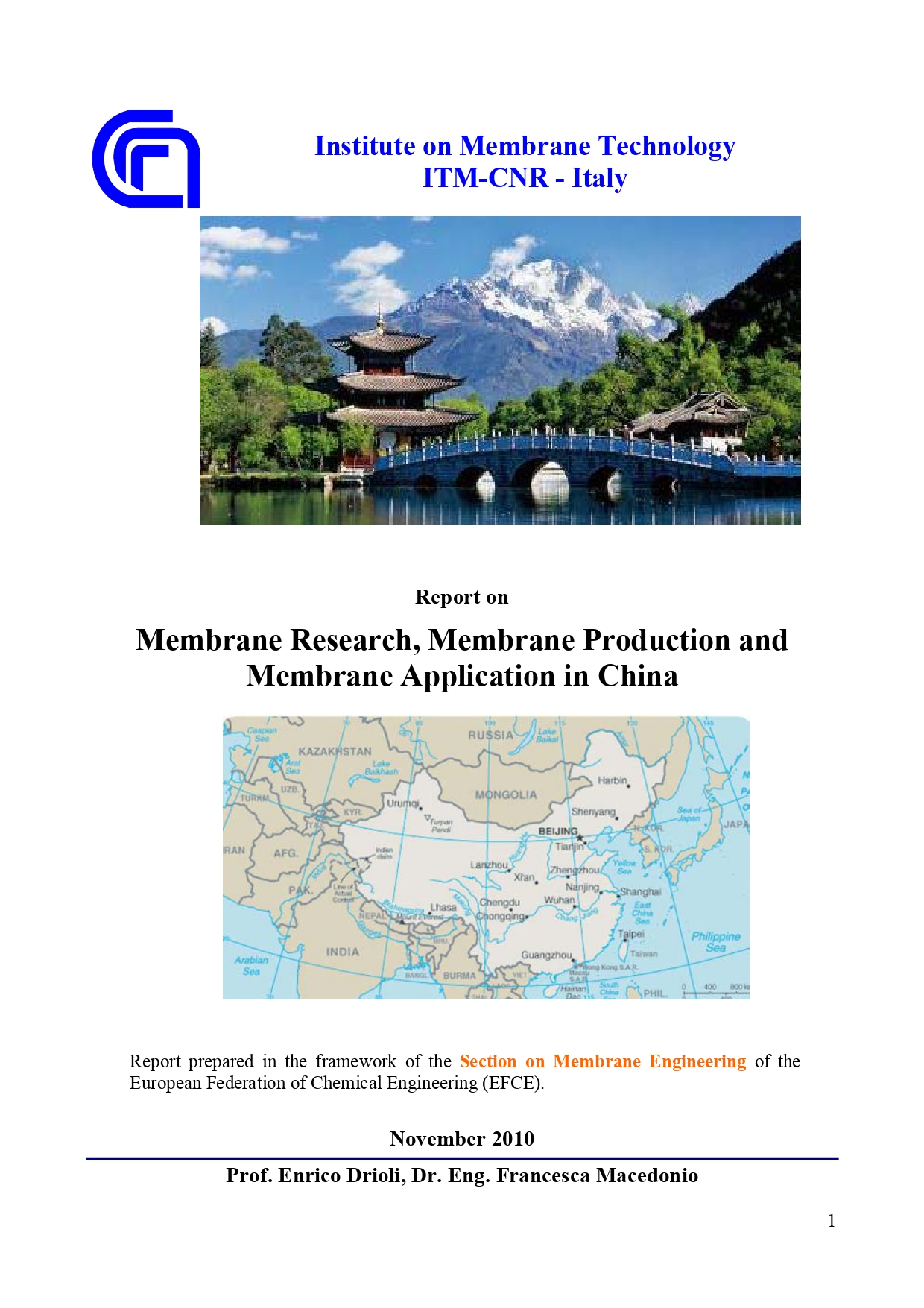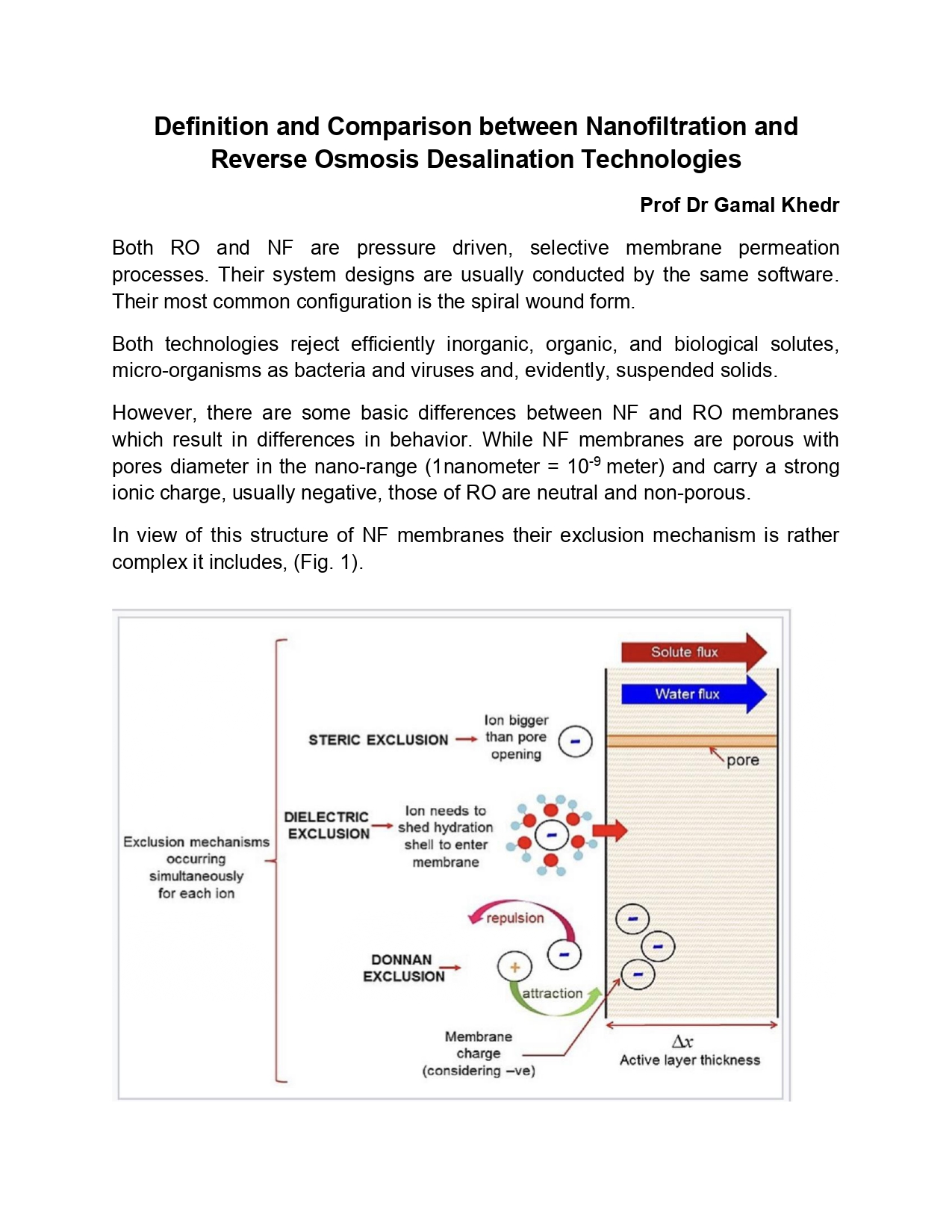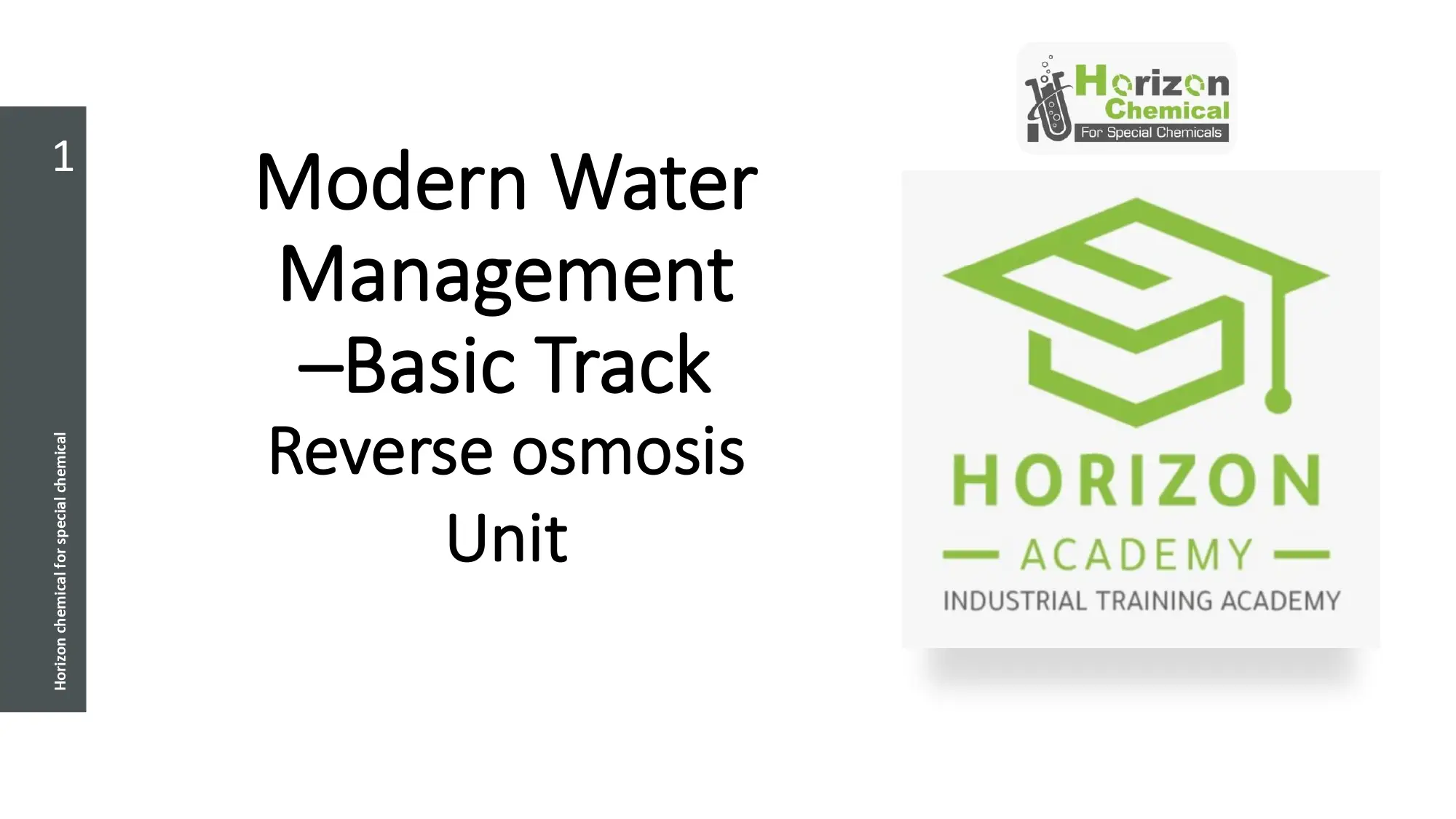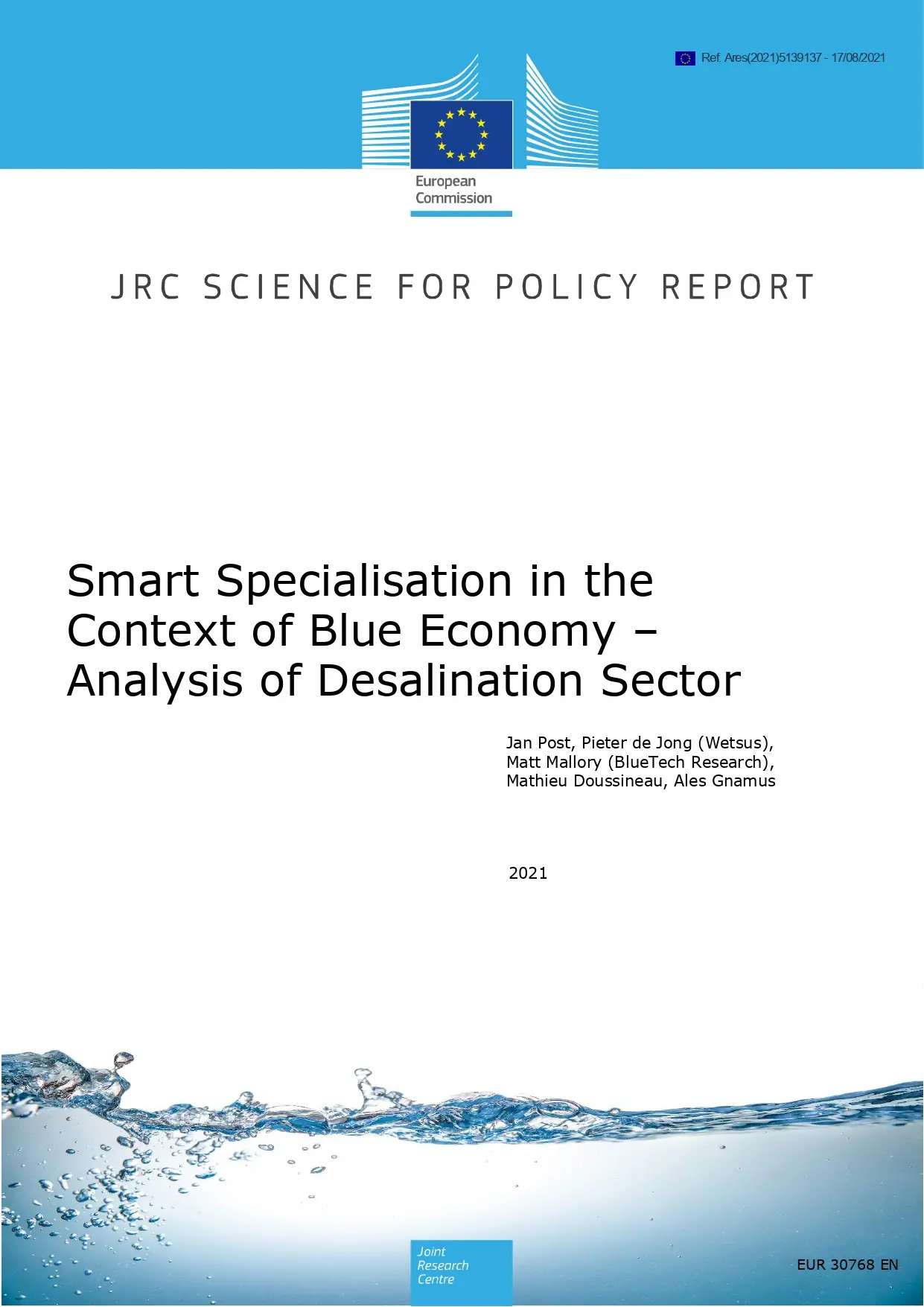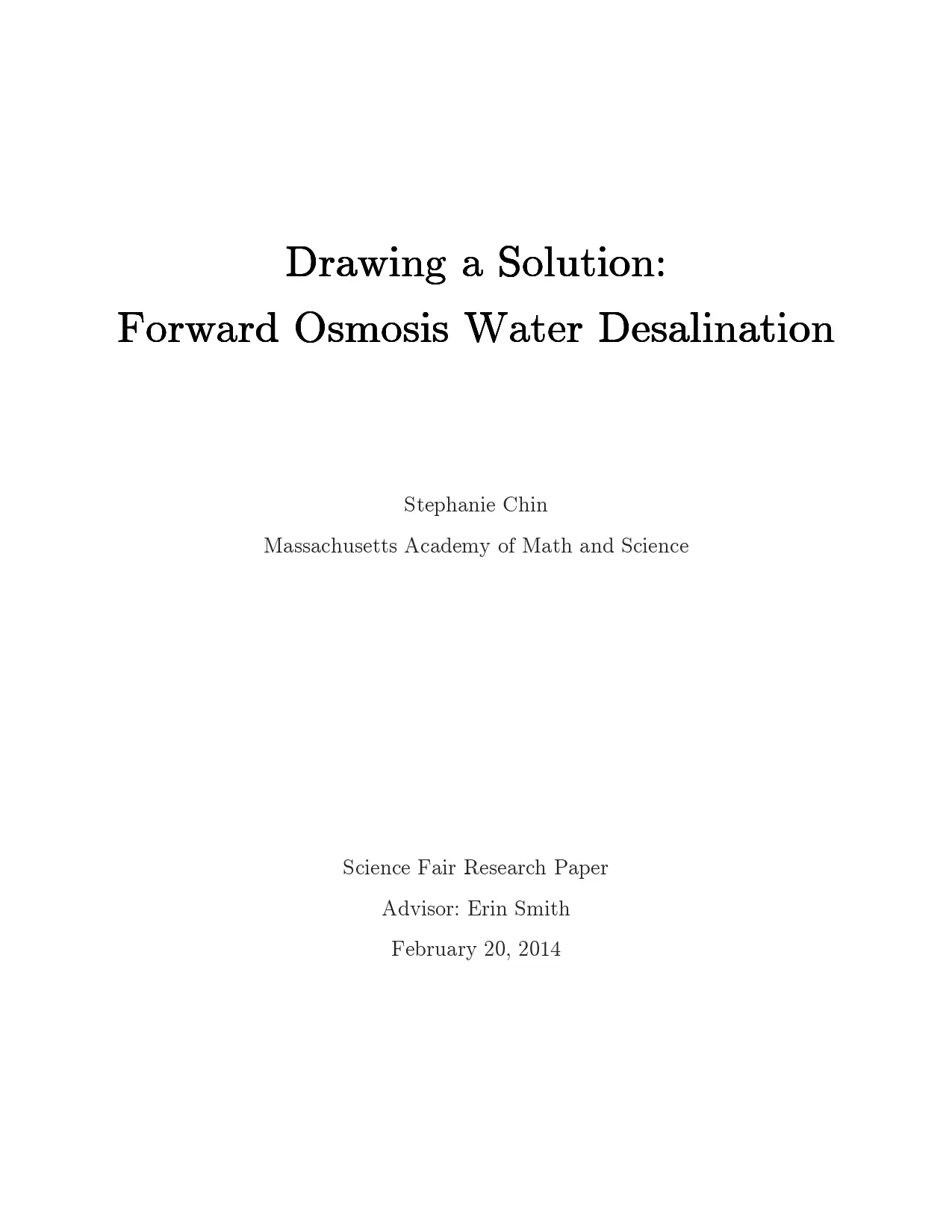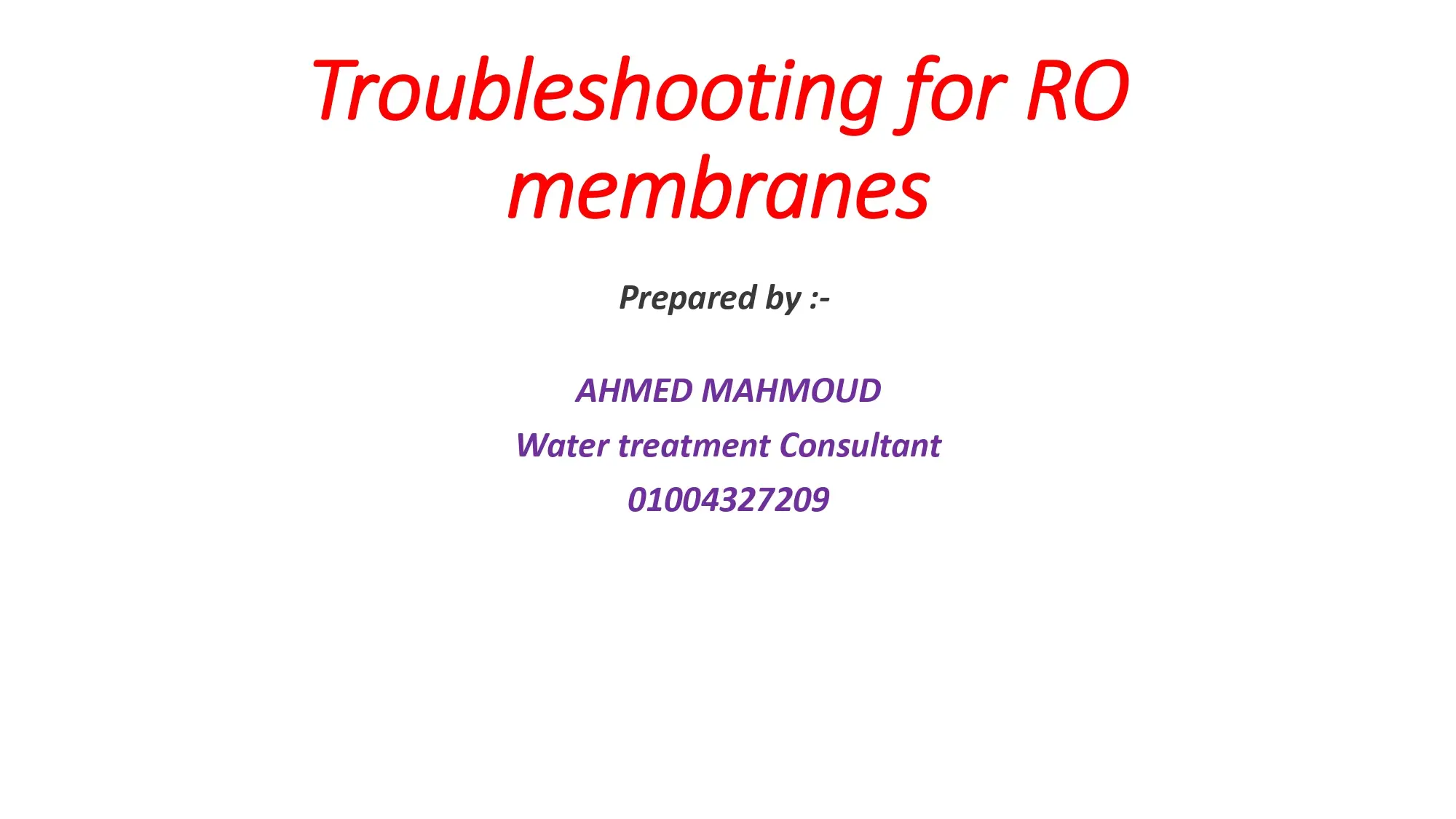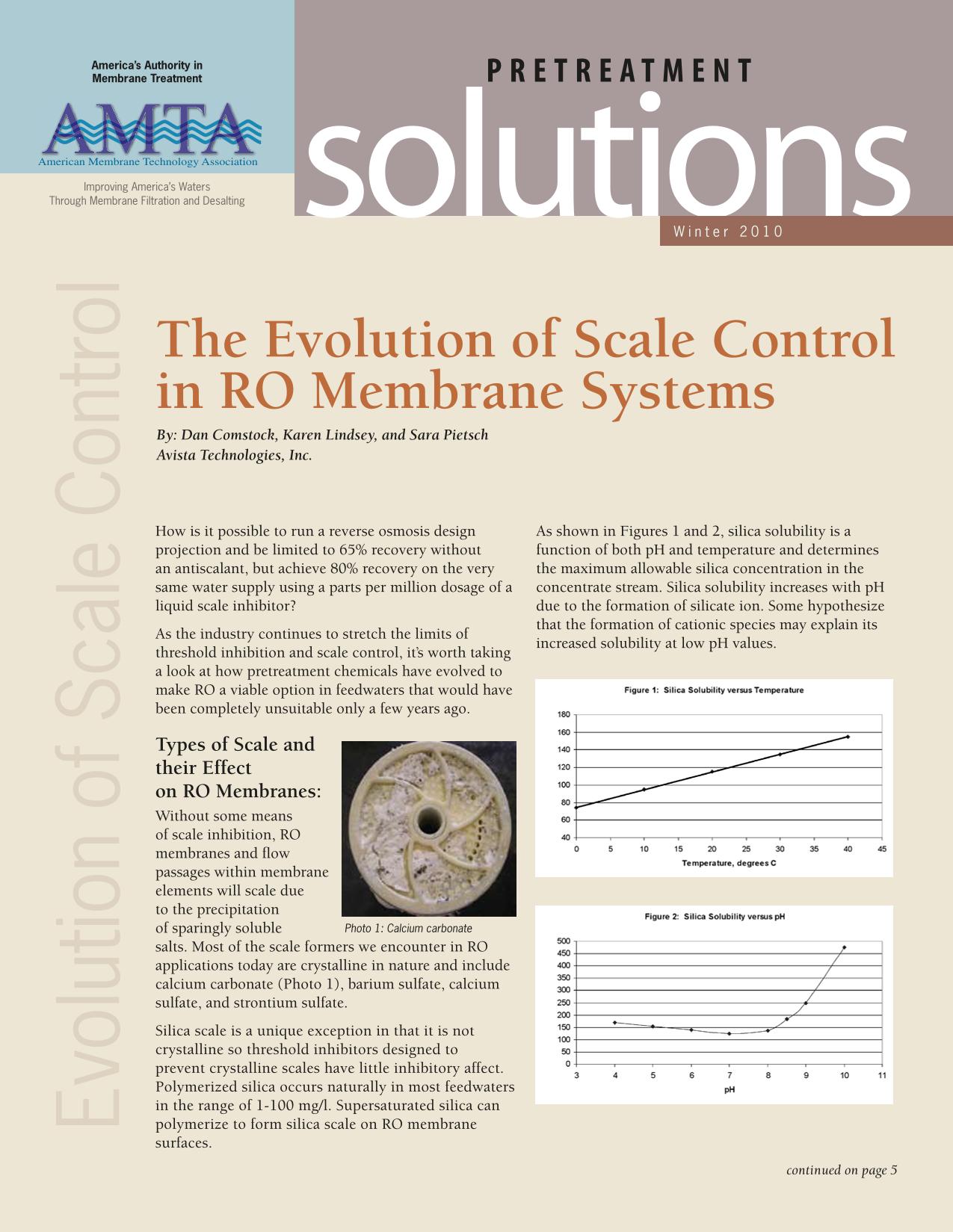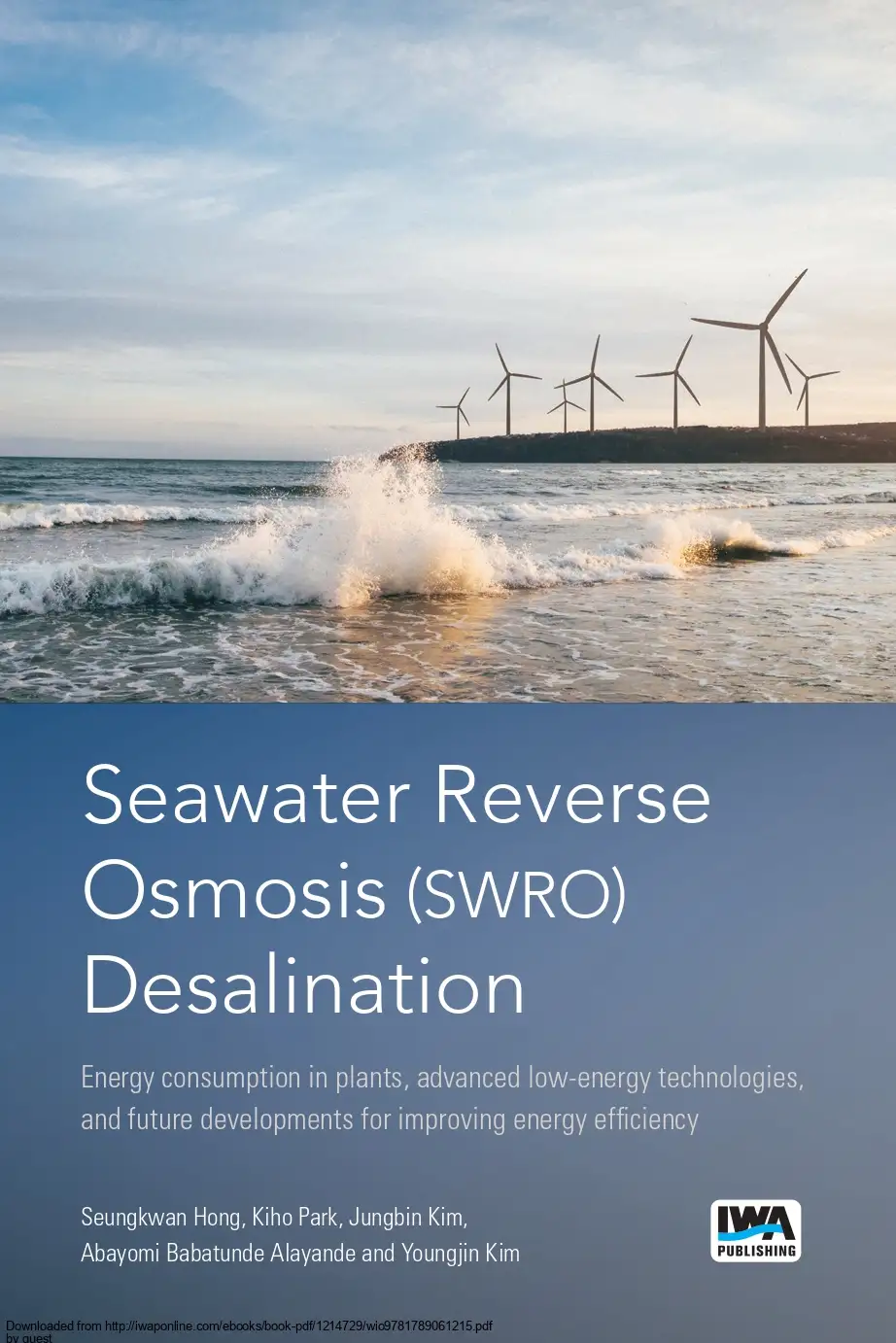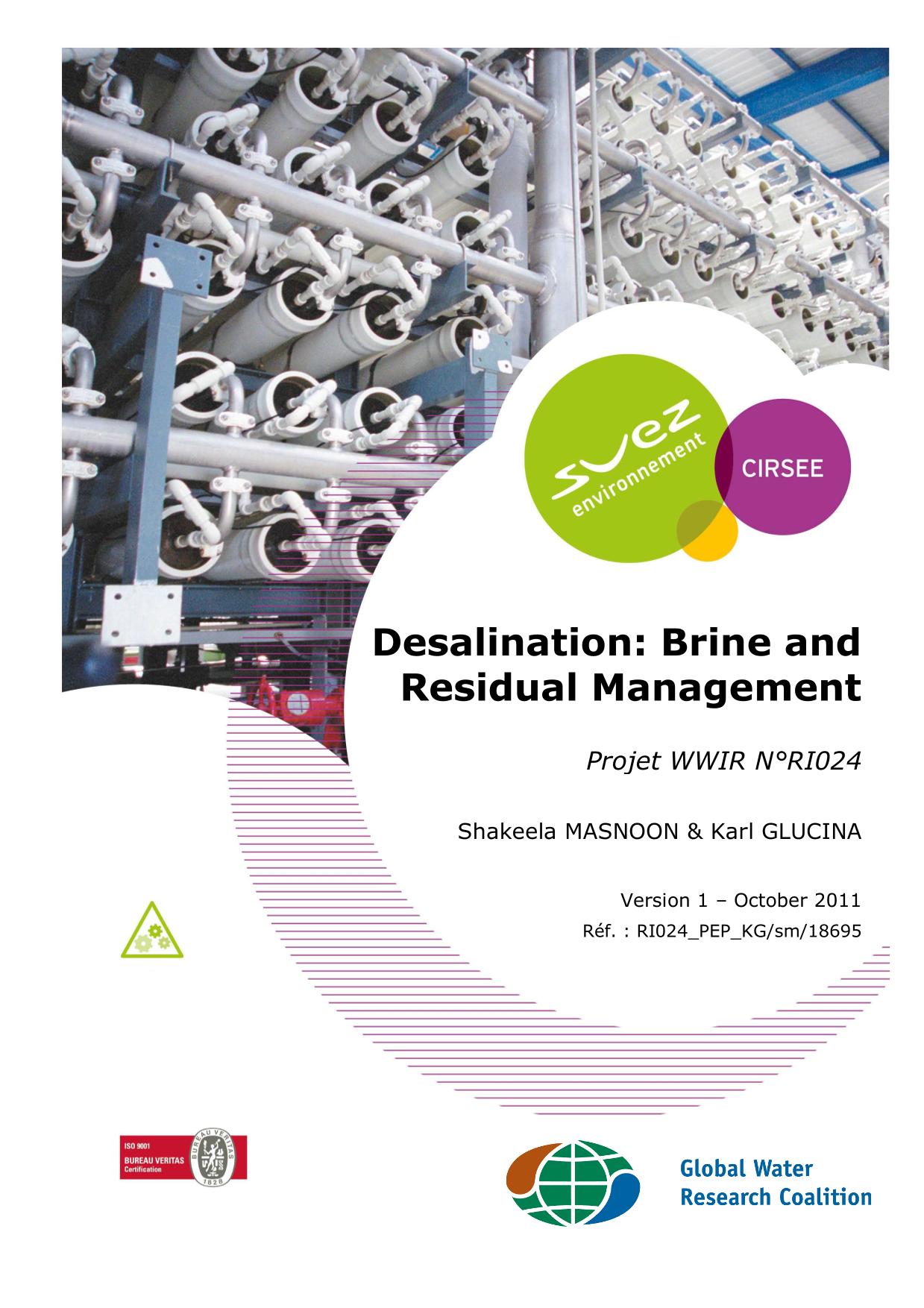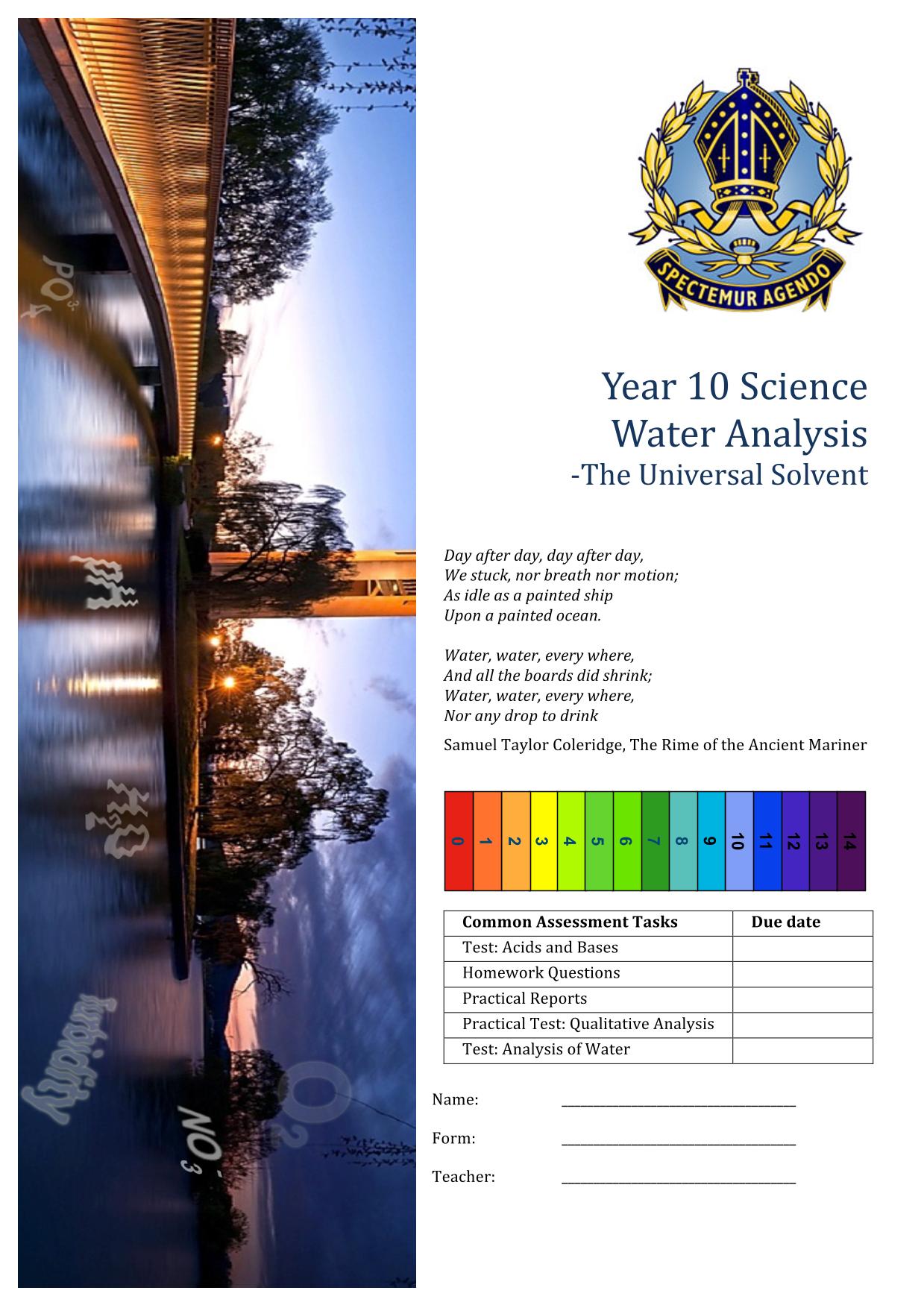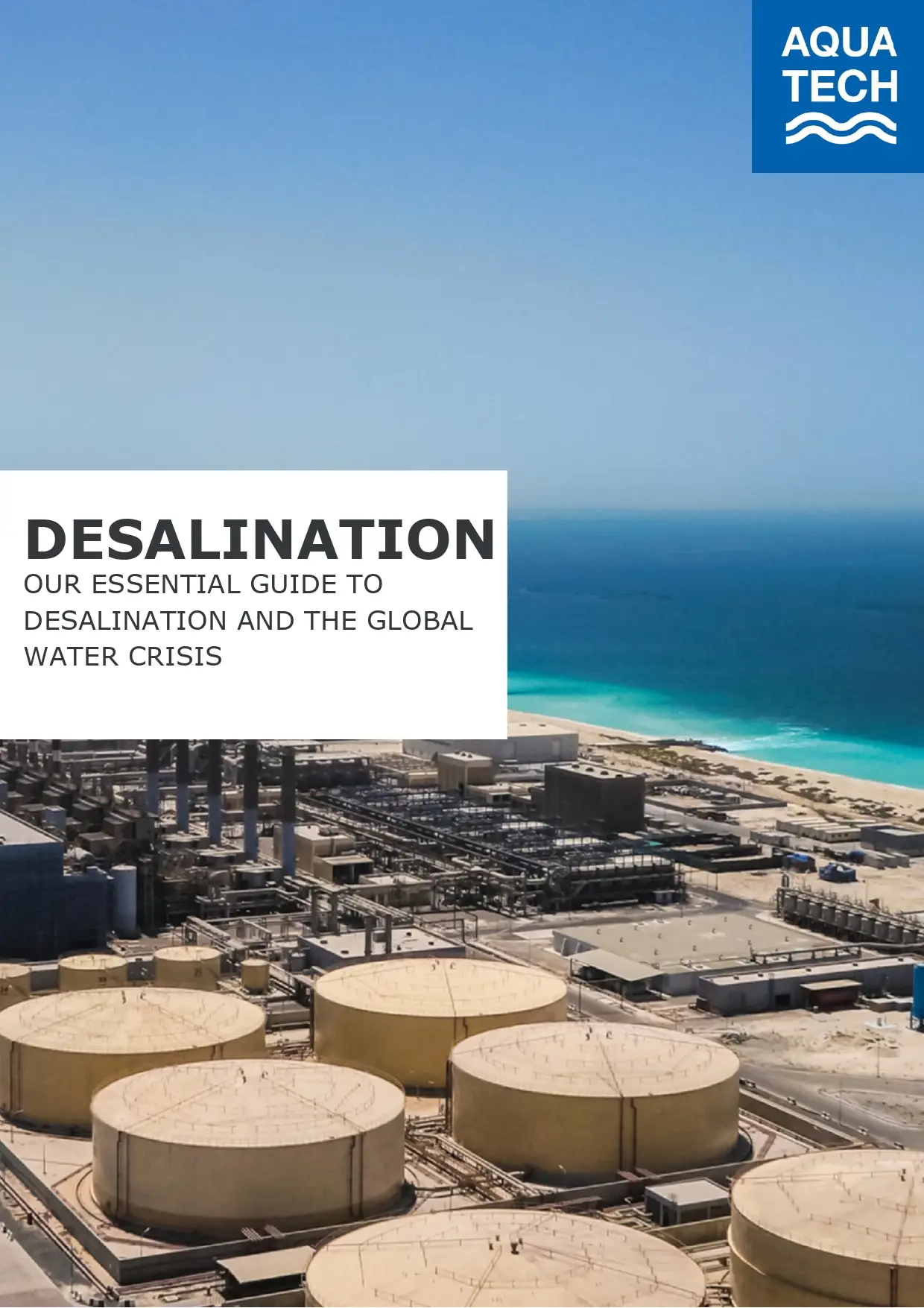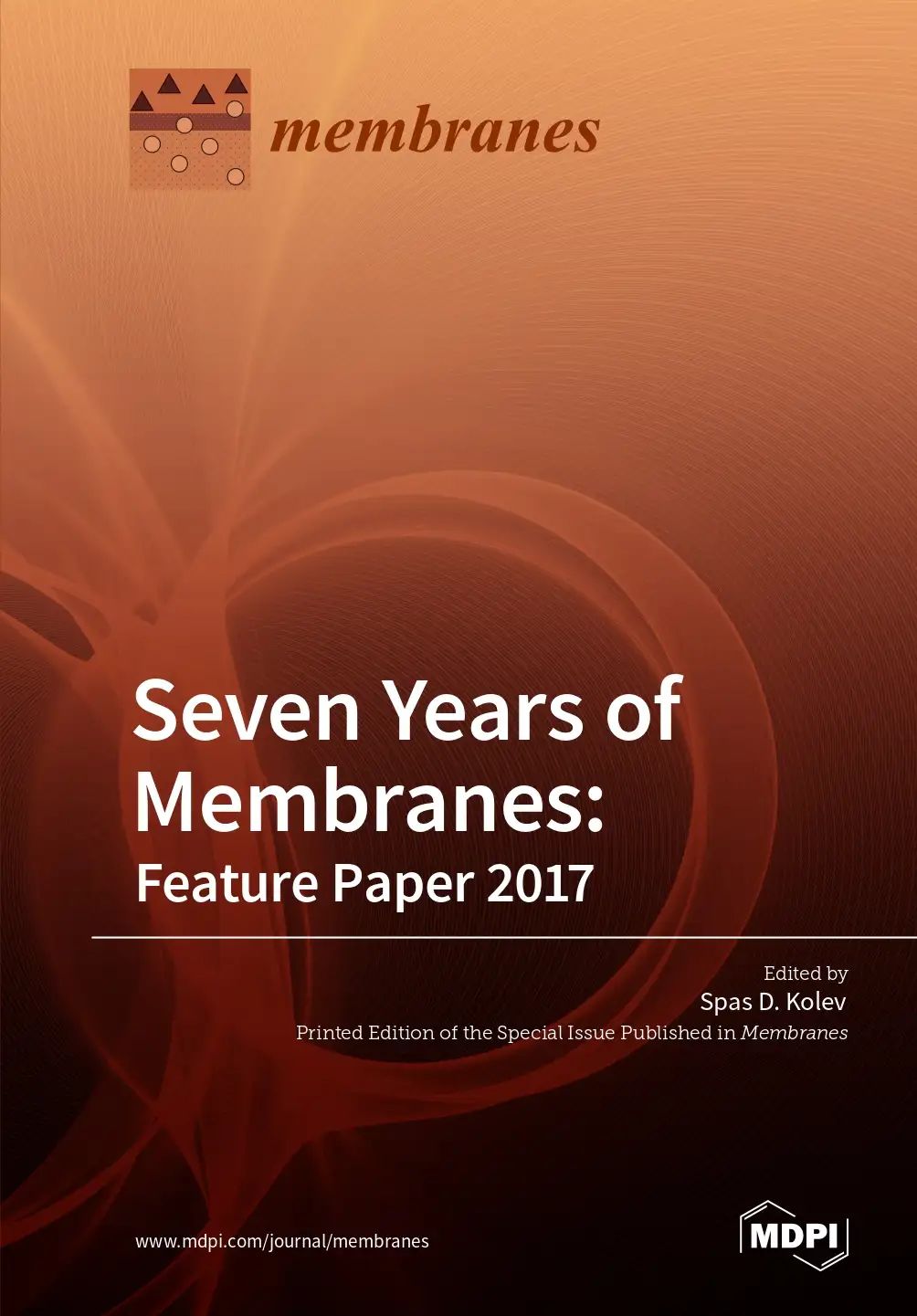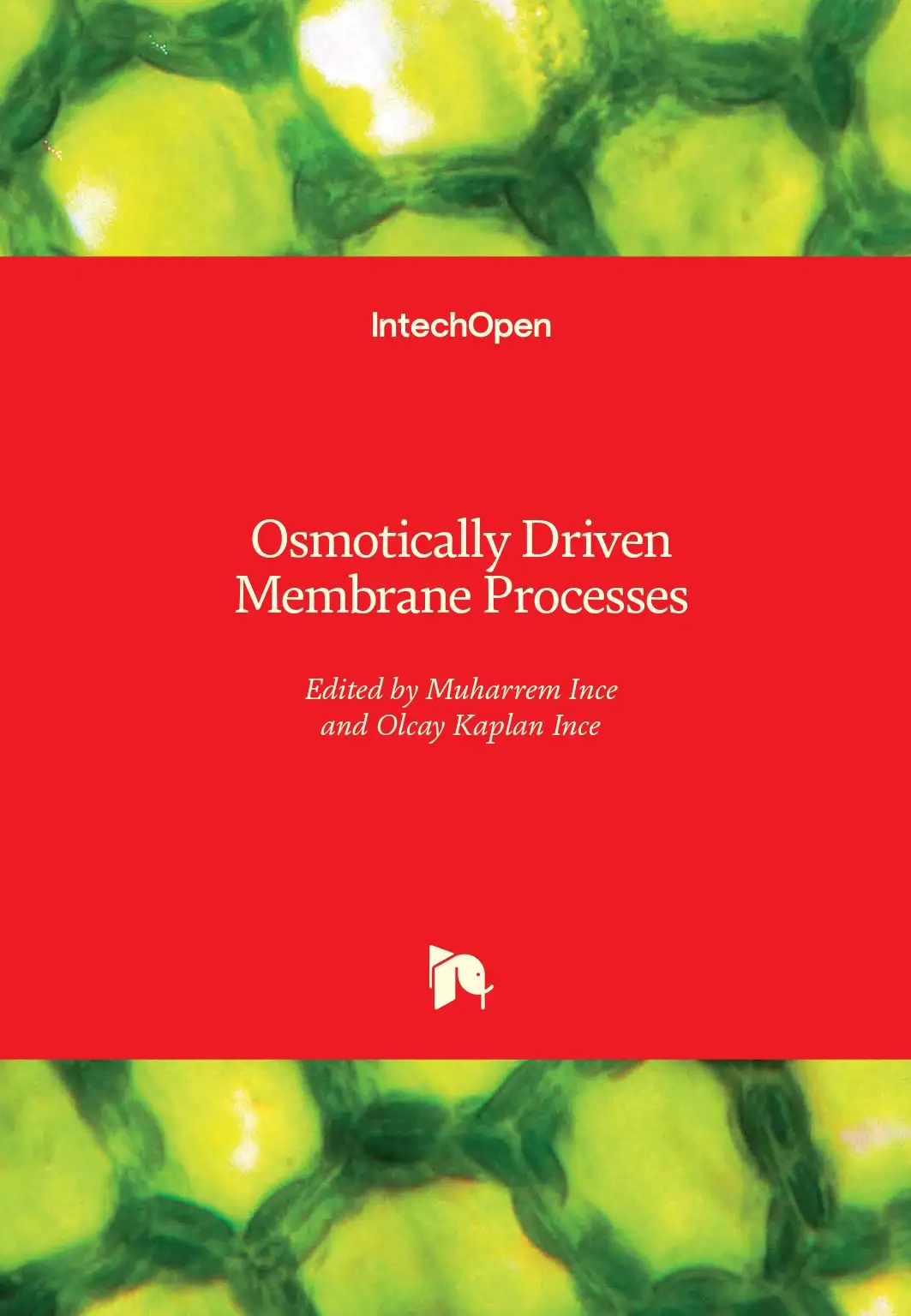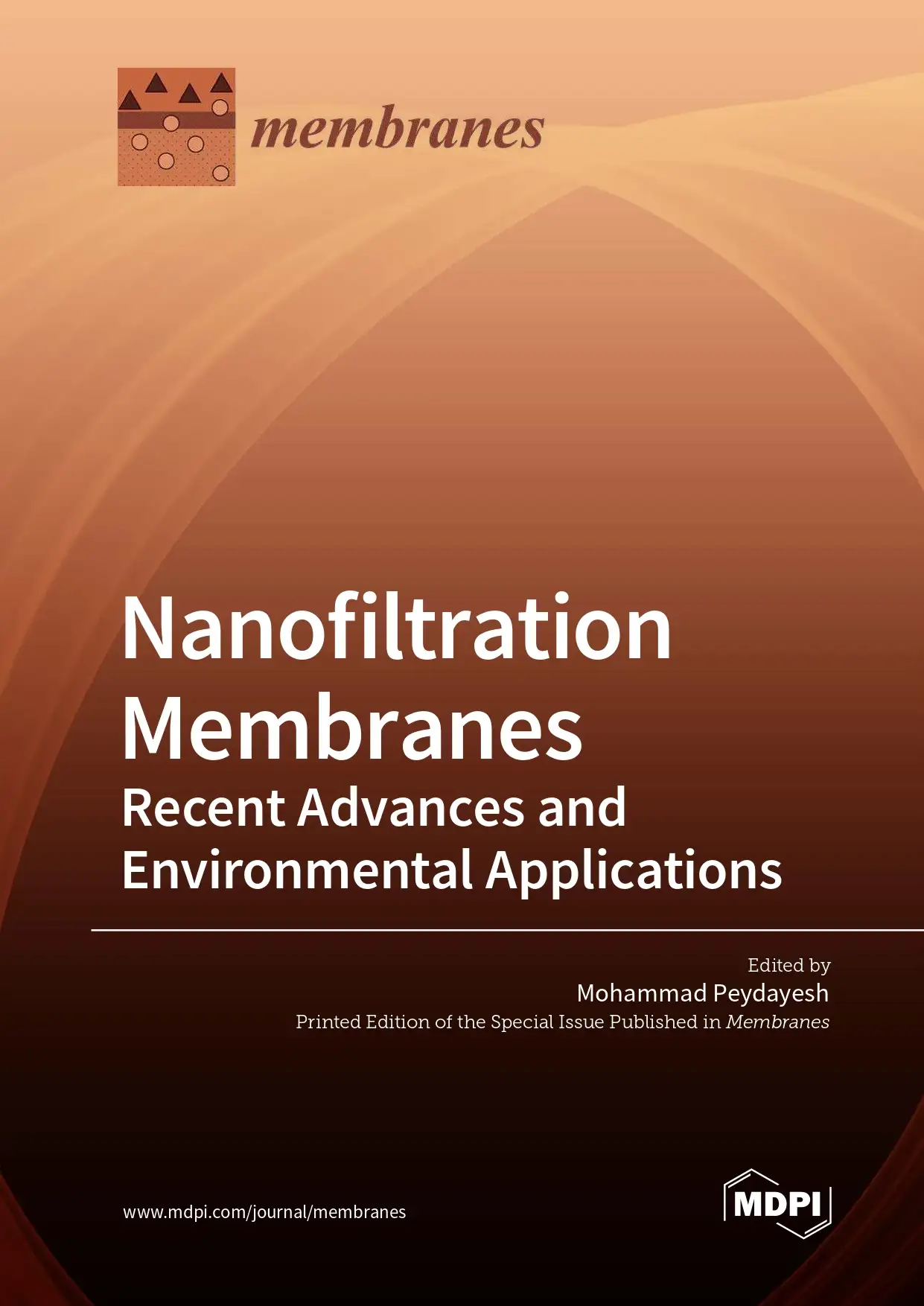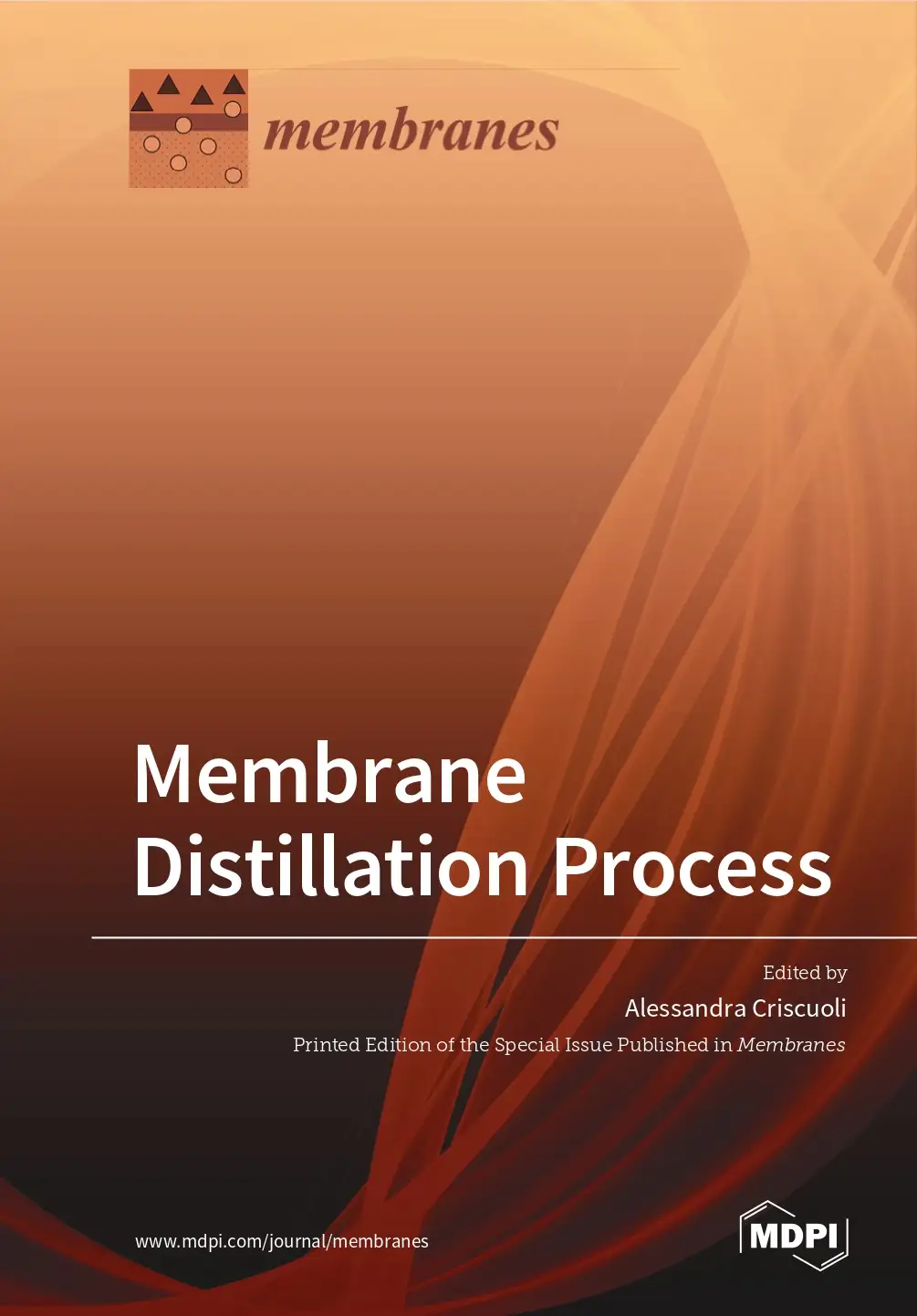Definition and Comparison between Nanofiltration and Reverse Osmosis Desalination Technologies
Both RO and NF are pressure driven, selective membrane permeation processes. Their system designs are usually conducted by the same software. Their most common configuration is the spiral wound form.
Definition and Comparison between Nanofiltration and Reverse Osmosis Desalination Technologies
Both RO and NF are pressure driven, selective membrane permeation processes. Their system designs are usually conducted by the same software. Their most common configuration is the spiral wound form.
Smart Specialisation in the Context of Blue Economy – Analysis of Desalination Sector
Abstract
The smart Specialisation strategy design and implementation offer European territories a solid paradigm for developing effective innovation governance, improving innovation policy capacities, enhancing public-private partnerships, offering common platform for inter-regional cooperation activities, and an operative engagement of stakeholders in the international value chains. The sustainable Smart Specialisation strategies framework can play a key role as an enabler of a sustainable transformation of the European economy towards the Green Deal by streamlining innovation activities around the value chains to reach the competitiveness edge of Europe vis-à-vis the rest of the world.
Smart Specialisation in the Context of Blue Economy – Analysis of Desalination Sector
Abstract
The smart Specialisation strategy design and implementation offer European territories a solid paradigm for developing effective innovation governance, improving innovation policy capacities, enhancing public-private partnerships, offering common platform for inter-regional cooperation activities, and an operative engagement of stakeholders in the international value chains. The sustainable Smart Specialisation strategies framework can play a key role as an enabler of a sustainable transformation of the European economy towards the Green Deal by streamlining innovation activities around the value chains to reach the competitiveness edge of Europe vis-à-vis the rest of the world.
Drawing a Solution: Forward Osmosis Water Desalination
Abstract
Water infiltration and tsunamis cause aquifer salinization, which threatens our main supply of freshwater. Current research suggests that forward osmosis is a novel, low-energy, and thus low cost method of desalination, and developing practical draw solutions can improve the efficiency of this process. To study this on a small scale, an osmometer was built of 1.5" (3.81 cm) PVC piping; low pressure, flat sheet reverse osmosis membranes were used as selectively permeable membranes to separate a sodium-chloride (NaCl) feed solution from sucrose (C12H22O11) draw solutions at various concentrations. The average water flow from the feed to draw solution was calculated based on the change in the salinity of the feed solution over time. Statistical tests were performed to analyze the effect of initial concentration of the C12H22O11 solution on average water flux and to compare the performance of forward osmosis across two different membranes. Increasing membrane surface area should increase water flow. Water desalination for domestic use is important to mitigate the inconvenience of groundwater salinization and well contamination.
Drawing a Solution: Forward Osmosis Water Desalination
Abstract
Water infiltration and tsunamis cause aquifer salinization, which threatens our main supply of freshwater. Current research suggests that forward osmosis is a novel, low-energy, and thus low cost method of desalination, and developing practical draw solutions can improve the efficiency of this process. To study this on a small scale, an osmometer was built of 1.5" (3.81 cm) PVC piping; low pressure, flat sheet reverse osmosis membranes were used as selectively permeable membranes to separate a sodium-chloride (NaCl) feed solution from sucrose (C12H22O11) draw solutions at various concentrations. The average water flow from the feed to draw solution was calculated based on the change in the salinity of the feed solution over time. Statistical tests were performed to analyze the effect of initial concentration of the C12H22O11 solution on average water flux and to compare the performance of forward osmosis across two different membranes. Increasing membrane surface area should increase water flow. Water desalination for domestic use is important to mitigate the inconvenience of groundwater salinization and well contamination.
Desalination Our Essential Guide To Desalination And The Global Water Crisis
With more than 20,000 plants now contracted around the world, desalination is enabling countries to provide water security for future generations amid growing climate concerns. By converting saline water, the process can offer freshwater in areas lacking natural groundwater, or surface water supplies. Together with water reuse, desalination
can offer solutions to water scarcity and in some countries, provides over 90 per cent of total water supply. The rapidly growing advance in water reuse, particularly direct and indirect potable reuse of municipal wastewater, uses desalination membrane technology. What are the processes and technologies involved in desalination? What’s the difference between MED and MSF thermal treatment? What are the pros and cons of desalination? Our essential guide dives deeper into
desalination and the processes it includes.
Desalination Our Essential Guide To Desalination And The Global Water Crisis
With more than 20,000 plants now contracted around the world, desalination is enabling countries to provide water security for future generations amid growing climate concerns. By converting saline water, the process can offer freshwater in areas lacking natural groundwater, or surface water supplies. Together with water reuse, desalination
can offer solutions to water scarcity and in some countries, provides over 90 per cent of total water supply. The rapidly growing advance in water reuse, particularly direct and indirect potable reuse of municipal wastewater, uses desalination membrane technology. What are the processes and technologies involved in desalination? What’s the difference between MED and MSF thermal treatment? What are the pros and cons of desalination? Our essential guide dives deeper into
desalination and the processes it includes.


